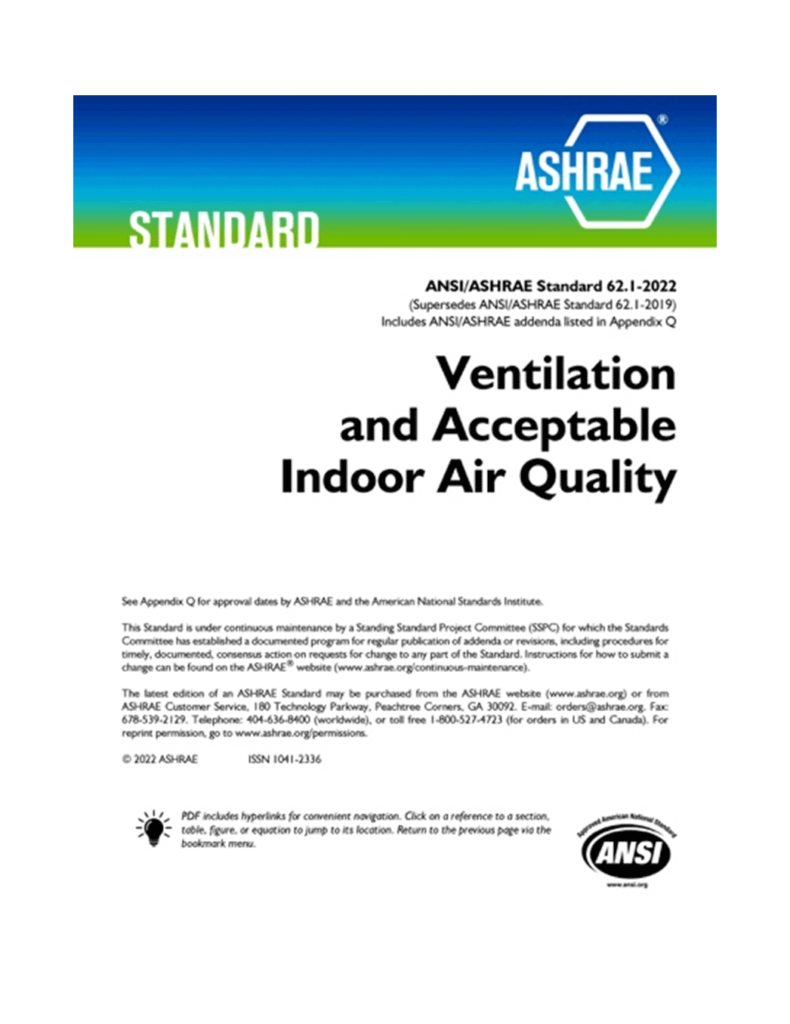In the rapidly evolving world of HVAC design and energy engineering, adherence to established standards is essential for achieving efficiency, safety, comfort, and sustainability. The American Society of Heating, Refrigerating and Air-Conditioning Engineers (ASHRAE) publishes globally recognized standards that form the backbone of modern HVAC system design and operations.
This article outlines the Top 7 ASHRAE Standards every HVAC engineer should know in 2025, why they are critical, and how to effectively apply them in practical scenarios.

1. ASHRAE Standard 90.1
Energy Standard for Buildings Except Low-Rise Residential Buildings
Purpose:
Establishes minimum energy efficiency requirements for new buildings, major renovations, and HVAC system upgrades (excluding low-rise residential).
Why ?:
ASHRAE 90.1 is referenced in most building energy codes and forms the foundation for LEED and other green building certifications.
Practical Application:
- Scenario: When designing a chilled water plant for a commercial building, ASHRAE 90.1 mandates the use of high-efficiency chillers (e.g., IPLV ≥ 0.38 kW/ton for water-cooled).
- Use Variable Frequency Drives (VFDs) on AHU fans to reduce part-load energy consumption.
- Employ demand-based ventilation strategies to reduce HVAC loads during periods of low occupancy.
2. ASHRAE Standard 62.1
Ventilation for Acceptable Indoor Air Quality
Purpose:
Specifies minimum ventilation rates and other measures intended to achieve acceptable indoor air quality in commercial and institutional buildings.

Why ?
Ensures proper air dilution and removal of indoor pollutants—critical for occupant health and productivity.
Practical Application:
- Scenario: In a co-working office space, applying Standard 62.1 means ensuring outdoor air supply rates of ~10 L/s per person and 0.3 L/s/m² as per occupancy category.
- Implement CO₂ sensors for Demand-Controlled Ventilation (DCV) to optimize fresh air supply during varying occupancy
3. ASHRAE Standard 55
Thermal Environmental Conditions for Human Occupancy
Purpose:
Defines conditions for acceptable thermal comfort, based on factors such as temperature, humidity, airspeed, clothing insulation, and metabolic rate.
Why?
Supports designs that enhance occupant well-being and reduce comfort-related complaints.
Practical Application:
- Scenario: In a corporate office, maintaining indoor temperatures between 23–26°C with 40–60% RH satisfies Standard 55 comfort zones.
- Use of underfloor air distribution (UFAD) systems in large open-plan offices helps maintain air speed and temperature in the desired thermal comfort zone.
4. ASHRAE Standard 15
Safety Standard for Refrigeration Systems
Purpose:
Addresses the safe design, installation, and operation of refrigeration systems, including refrigerant classifications and allowable concentrations.
Why ?
Essential for compliance in mechanical rooms and chilled water plant rooms where refrigerant handling is involved.
Practical Application:
- Scenario: For a central chiller plant using R-134a, Standard 15 requires leak detection systems and emergency ventilation systems if the refrigerant quantity exceeds threshold limits.
- Pressure relief valves and isolation valves must be installed per the standard to prevent overpressure events.
5. ASHRAE Standard 170
Ventilation of Health Care Facilities
Purpose:
Specifies ventilation requirements to ensure proper IAQ and infection control in healthcare settings.

Why ?
Adherence is mandatory for medical facilities and often required by accreditation bodies (e.g., NABH, Joint Commission).
Practical Application:
- Scenario: In an operating room, Standard 170 requires 20 ACH (Air Changes per Hour) with HEPA filtration, and the room must be maintained at +2.5 Pa pressure relative to adjacent spaces.
- Critical care units must follow negative pressurization protocols to contain airborne pathogens.
6. ASHRAE Standard 189.1
Standard for the Design of High-Performance Green Buildings
Purpose:
Provides a comprehensive approach to sustainable building design, including energy, water, indoor environment, and materials.
Why ?
Enhances long-term operational efficiency and supports green certifications like LEED, IGBC, and EDGE.
Practical Application:
- Scenario: While designing an energy-efficient commercial building, the use of VRF systems, solar-assisted HVAC, and heat recovery units would contribute toward compliance.
- Mandates use of low-GWP refrigerants and continuous IAQ monitoring for high-performance certification.
7. ASHRAE Guideline 36
High-Performance Sequences of Operation for HVAC Systems
Purpose:
Provides optimized control sequences for energy-efficient operation of HVAC systems.
Why ?
Improves system reliability, simplifies commissioning, and reduces operating costs.
Practical Application:
- Scenario: In a high-rise commercial project using AHUs and VAV boxes, integrating reset strategies for supply air temperature, static pressure, and chilled water setpoints improves energy performance.
- BMS logic follows Guideline 36 for demand-based control, enabling early fault detection and smoother HVAC operation.
8. Summary
- ASHRAE standards evolve to meet energy, safety, and IAQ demands.
- 2025 sees enhanced focus on decarbonization and high-performance building systems.
- Engineers must prioritize updates to 62.1, 90.1, 55, 15, 189.1, 170, and Guideline 36.
- These standards influence HVAC design, equipment selection, and control strategies.
9. References
- https://www.ashrae.org/technical-resources/standards-and-guidelines
- https://www.energycodes.gov/
- https://www.epa.gov/indoor-air-quality-iaq
10.FAQ Section
- Why are ASHRAE standards updated regularly?
To reflect evolving technologies, health standards, climate data, and sustainability goals. - Are ASHRAE standards mandatory?
They become enforceable when adopted into local building codes. - Which ASHRAE standard covers indoor air quality?
ASHRAE Standard 62.1 governs IAQ for non-residential buildings. - What is the latest version of ASHRAE Standard 90.1?
The 2025 edition includes updates to HVAC efficiency and building envelope requirements. - Is ASHRAE Guideline 36 mandatory?
No, but it’s widely used to optimize HVAC system performance through advanced controls.
